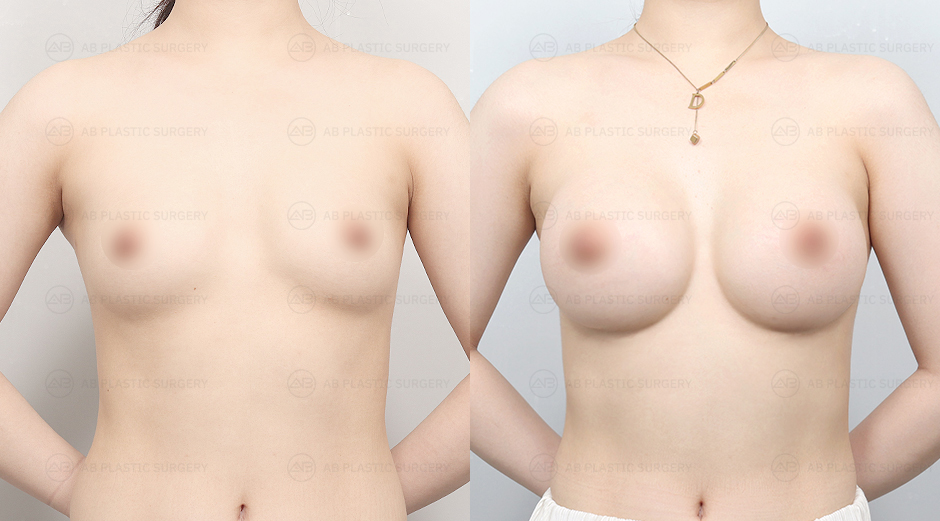How to Care for Your Breasts After Surgery: Augmentation and Reduction Tips
Table of Contents
1. Tips and Info for Both Augmentation and Reduction
2. Post-Care After Breast Augmentation Surgery
3. Post-Care After Breast Reduction Surgery
Breast surgery, whether augmentation or reduction, is a significant procedure that requires meticulous post-operative care to ensure optimal healing and long-term results. This guide provides detailed information on how to care for your breasts after surgery, covering essential aspects such as wearing a bra, sleeping positions, activity restrictions, and more.
Tips and Info for Both Augmentation and Reduction
Immediate Post-Surgery Care
-
Recovery Room: After the surgery, you will spend a few hours in the recovery room where medical staff will monitor your vital signs and overall condition. Expect some discomfort and tightness in your chest area as the anesthesia wears off.
-
Pain Management: Pain and swelling are normal after breast surgery. Your surgeon will prescribe pain medication to manage discomfort. It is crucial to take these medications as directed to stay ahead of the pain.
-
Dressings and Drains: You will likely have bandages or dressings covering the surgical sites. Some patients may also have drains to remove excess fluid. Follow your surgeon's instructions for caring for these dressings and drains, and keep the area clean and dry to prevent infection.

Wearing a Bra Post-Surgery
-
First Few Days: Immediately after surgery, you may be wrapped in a surgical bra or a bandage. This garment provides essential support and helps reduce swelling. Follow your surgeon's recommendations on how long to wear it continuously.
-
Transition to a Support Bra: Typically, within a few days to a week, you can transition to a soft, supportive bra without underwires. An ideal choice is a front-closure sports bra that offers gentle compression and easy access for check-ups.
-
Duration: It is generally recommended to wear a support bra 24/7 for the first 4-6 weeks post-surgery. This helps support the healing tissues and maintain the new shape of your breasts. Always follow your surgeon's specific guidance.
-
Underwire Bras: Avoid underwire bras for at least 6 weeks or until your surgeon gives you the green light. Underwires can irritate healing incisions and disrupt the settling of breast implants.
Sleeping Positions
-
Initial Phase: For the first few weeks, it is crucial to sleep on your back with your upper body elevated. This position helps reduce swelling and pressure on the chest, promoting better circulation and healing.
-
Avoiding Side and Stomach Sleeping: Sleeping on your side or stomach can put undue pressure on your breasts and surgical sites, potentially leading to complications or discomfort. Avoid these positions until your surgeon advises otherwise, usually after 6-8 weeks.
-
Using Pillows: To maintain a comfortable back-sleeping position, consider using extra pillows around your sides to prevent rolling over during sleep. A wedge pillow can also help keep your upper body elevated.
Physical Activity and Exercise
-
First Few Weeks: Rest is crucial during the initial recovery period. Avoid any strenuous activities, heavy lifting, and vigorous exercises for at least 4-6 weeks. These activities can increase blood pressure and heart rate, leading to swelling and potential bleeding.
-
Light Activities: Gentle walking is encouraged soon after surgery to promote circulation and reduce the risk of blood clots. However, avoid raising your arms above your head or engaging in activities that involve chest muscles.
-
Resuming Exercise: Gradually reintroduce exercise based on your surgeon's advice. Typically, light exercises can be resumed after 4 weeks, while more intense activities, including running, should wait until at least 6-8 weeks post-surgery.
-
Supportive Gear: When you do resume exercise, wear a high-impact sports bra that offers adequate support to minimize breast movement and protect healing tissues.
-
Monitoring Healing and Complications
-
Follow-Up Appointments: Attend all scheduled follow-up appointments with your surgeon. These visits are essential for monitoring your healing progress and addressing any concerns early.
-
Signs of Complications: Be vigilant for signs of complications such as excessive swelling, severe pain, redness, or discharge from the incision sites. If you experience any of these symptoms, contact your surgeon immediately.
-
Scar Care: Proper scar care is crucial for minimizing the appearance of surgical scars. Follow your surgeon's recommendations, which may include gentle massaging of the scars, applying silicone sheets or gels, and avoiding sun exposure to the incision areas.
Long-Term Care and Considerations
-
Maintaining Results: Maintaining a stable weight and wearing supportive bras can help preserve the results of your breast surgery. Significant weight fluctuations can impact the appearance of your breasts.
-
Regular Check-Ups: Continue regular check-ups with your surgeon to ensure the long-term health and aesthetic of your breasts. For breast augmentation patients, this includes monitoring the condition of the implants.
-
Lifestyle Adjustments: Adopt a healthy lifestyle that includes a balanced diet, regular exercise, and avoiding smoking. These habits can significantly contribute to the longevity of your surgical results and overall well-being.
-
Breast Self-Exams and Mammograms: Continue performing regular breast self-exams and follow the recommended schedule for mammograms. Inform your healthcare provider about your breast surgery, as it may affect the technique used during mammograms.
Emotional and Psychological Care
-
Managing Expectations: Understand that final results can take several months to become fully apparent. Patience is key as your body heals and adjusts to the changes.
-
Body Image and Self-Esteem: Breast surgery can have a profound impact on body image and self-esteem. Be prepared for an adjustment period and seek support if needed. Speaking with a counselor or joining a support group for breast surgery patients can be beneficial.
-
Communication with Your Surgeon: Keep an open line of communication with your surgeon throughout the recovery process. Address any concerns or questions you may have, and follow their advice for the best outcomes.

Post-Care After Breast Augmentation Surgery
Implant Settling
Implants may appear high on the chest immediately after surgery. This is normal, and they will gradually settle into a more natural position over several weeks to months.
Capsular Contracture
Be aware of the risk of capsular contracture, a condition where scar tissue forms around the implant, causing hardness and distortion. Regular massage of the breasts, as recommended by your surgeon, can help prevent this condition.
Sensitivity Changes
Changes in nipple and breast sensitivity are common after augmentation. Sensitivity often returns to normal over time, but in some cases, changes may be permanent.
Implant Care
Follow your surgeon’s advice on massaging and positioning exercises for your implants to aid in proper settling.
Learn about one of the most popular bread implants in the market - Motive Implants in our previous blog post: Mastering Motiva Implants: Your Ultimate Guide to Personalized Breast Augmentation.
Post-Care After Breast Reduction Surgery
Volume and Weight Reduction
Breast reduction surgery removes excess breast tissue and skin, resulting in smaller, lighter breasts. This can significantly relieve physical discomfort such as back and shoulder pain.
Shape and Symmetry
Surgeons aim to create a natural and symmetrical breast shape. However, slight asymmetry is normal, and final results may take several months to stabilize.
Breastfeeding
If you plan to have children and wish to breastfeed, discuss this with your surgeon prior to surgery. While many women can breastfeed after reduction, the procedure can affect milk production and delivery.
Posture Improvement
Reduction in breast size can lead to noticeable improvements in posture and reduction of chronic pain in the back, neck, and shoulders.

Proper post-operative care is crucial for a successful recovery and optimal results after breast surgery, whether augmentation or reduction. By following your surgeon's guidelines, wearing appropriate support garments, managing physical activity, and monitoring your healing progress, you can ensure a smooth recovery and enjoy the benefits of your surgery. Remember, each patient's recovery journey is unique, so maintain regular communication with your healthcare provider and prioritize your well-being throughout the process.
Ready to begin your journey to improved confidence and comfort? Schedule a consultation with AB Plastic Surgery today and let our experienced team guide you through every step of your breast surgery and recovery process. Contact us now to reserve your appointment and take the first step towards your new self.





